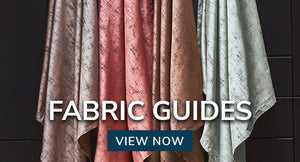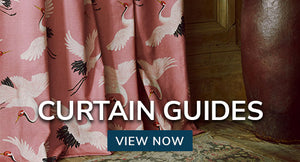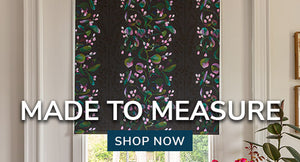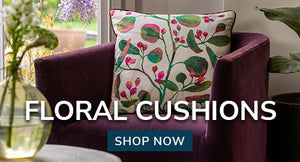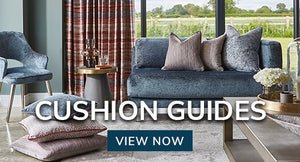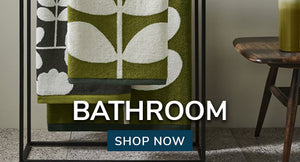How to add traditional interior design to your home

Traditional interior design has always maintained an inherently timeless aesthetic. Unlike modern interior design concepts that come and go, traditional interior design has stood the test of time. Inspired by 18th and 19th century Europe, traditional designs rely on classic features, symmetry and elegant furnishings. All these style concepts work to give a warm and inviting makeover to your interiors.
From colour schemes to textiles and patterns, our traditional interior design tips will help to create a look that will evolve gracefully over the years.
Warm and Inviting: Neutral Colour Scheme and Bold Accent Colours

Creating a traditional setting is all about adding in elements that are familiar and welcoming. Think soft and neutral tones for walls, such as light grey, blush or even taupe. Bold accent colours like bottle green, deep blues or magenta, can then be gently incorporated into the room. The gentle use of these bold tones will add warmth and depth for that aspired comfort. They will also highlight the muted tones, to carefully balance the light and shade, bringing unity and symmetry to the space. You can explore and introduce bold accent colours through the use of cushions and curtains. For instance, the Montrose Velvet curtain in navy will create that much-needed contrast, shade and warmth.
The wonderful thing about traditional interior design is that it can be tailored to suit individual preferences. However, that’s not to say a dramatic feature wall in a deep plum can’t exist in this design mix. If you contrast and lighten it with a more neutral palette through your furnishings, you can balance the drama with depth.
Embrace the Clash: Textiles and Patterns
When it comes to textiles and patterns within traditional interior design, don’t be afraid to experiment with clashes. This design mix is about comfort, ease and elegance, and by layering and comparing patterns and prints, you can create depth, style and warmth. Whether you use florals, chintz, plaid, gingham, stripes – this patchwork of textiles can be incorporated playfully and delicately. Make use of bold stripes in your cushions or sofa throws, for neat comparison against more delicate floral curtains like the Hampshire. Avoid using geometric prints as this will create coolness and edge rather than the aspired elegance and ease of traditional interior design.
Your pattern and textile choices can be interplayed and layered to any degree. This is as long as the room has a base for the patterns to match with, whether that’s muted walls, wooden flooring or furniture. And this will support and balance the room so that all the patterns have a place without overpowering.
Welcome Elegance: Furnishings
With traditional design elements, elegance should be blended to create comfort and balance. Refined furnishings should be lightly incorporated in comparison to art deco and the grandeur of other eclectic designs. For traditional interior design, opt for classical elements like a chandelier or golden pedant, to add the right touch of elegance as well as create centrality. Adding in a gold mirror to lean on a sideboard, or hang over a fireplace, brings style whilst creating a sense of balance. And you can weave elegant furnishings further into your room, with tie backs like the chenille rope. Soft furnishings like this evoke opulence, practicality and a homely comfort. In the same way, you should also consider sculptural lamps. They’re not only an emblem of style and sophistication, but large based lamps ground a space, creating balance and depth.
In with the Old: Antique Décor

More modern takes on traditional interior design use antique décor to reference the design’s origins and highlight its timelessness. Whether items have been passed down or sourced via antique stores, using them adds a personal touch and enhances the traditional elements. Think antique frames, an antique mirror or even a Chippendale highboy, to make the aesthetic feel more authentic. You could even repurpose vintage and antique furniture to achieve the traditional style concepts. However, there’s also room for you to tailor it to your own personal taste. By putting your own mark on it, your home instantly becomes a more intimate and comfortable space.
Create Balance: Symmetry
The way in which you set up your room is another key part of traditional interior design. This design is all about convention and symmetry, therefore the way a room sits must reflect this. For the bedroom, place the bed centrally with bedside tables guarding each side. Similarly, in a living room, sofas and armchairs must be carefully centred around a fireplace or coffee table – this brings function and comfort to the room. In terms of wall hangings, frames and prints should match, or be placed beside each other to create unity. Unlike more abstract and bohemian interiors that embrace asymmetry, traditional interior design is all about parallels and balance. So, when you’re styling your room, keep proportion and symmetry in mind.
Traditional interior design will always be a classic go-to when it comes to giving your home a makeover. Despite a couple of unwritten rules around what makes it traditional, there are many opportunities that you can experiment with. Traditional designs are an ongoing process, and that sense of layering and reimagining, allows the style to be ageless. Warm and inviting colour choices, clashing fabrics and room layout symmetry, paired with antique décor and elegant home furnishings, means you can achieve a look that will never go out of fashion.



